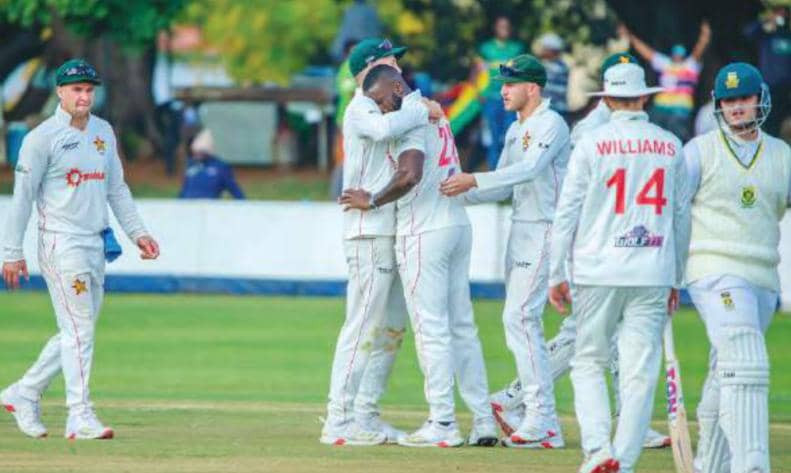
If you have just joined us on this journey on Learning Golf, please feel welcome. However, you will need to go through what has been covered at some stage as we go, which can be easily done. Many people should now be playing this enjoyable game from the time we started as we have covered the basics to enable any newcomer to start playing. There are also those who had some knowledge of the game and were already playing who are also with us on this journey. Many of such people may be using their travel as refresher exercises while at the same time learning one or two new things they may not have mastered over the period they have known or been playing golf.
I pointed out on several occasions that every sport is governed by specific rules that are designed for it. It is therefore paramount that as a golfer you grasp playing knowledge of these rules, and if you want to be a golf referee then you definitely need to have deeper knowledge, beyond just the basics. The Rules of Golf are in three sections; Section 1 — Etiquette; Section 2 — Definitions; and Section 3 — Rules of Play.
The etiquette section deals with aspects like how you are supposed to behave while playing golf, as well as how to look after the course. This is very important indeed as it adds to the players’ enjoyment of the game. The section on definitions is there to assist players when disputes arise. Definitions are the foundations of the rules. Quite a number of disputes or misunderstandings on the rules are due to the fact that in most cases the parties would be interpreting the rules differently, for example “a ball” and “the ball” do not mean the same. Knowledge of the definitions clears quite a number of disputes amicably.
The Rules of Play spell the details rule by rule on what should and what should not be done, options available when in doubt, and the applicable penalties when breaches are committed. There are 34 such rules. Since many people, particularly those in the rural areas, cannot access copies of the Rules of Golf booklet, I shall list all the 34 rules here. Rule 1-the game; Rule 2-match play; Rule 3-stroke play; Rule 4-clubs; Rule 5-the ball; Rule 6-the player; Rule 7-practice; Rule 8-advice, indicating line of play; Rule 9-information as to strokes taken; Rule 10-order of play; Rule 11-teeing ground; Rule 12- searching for and identifying ball; Rule 13-ball played as it lies; Rule 14-striking the ball; Rule 15-substituted ball; wrong ball ; Rule 16-the putting green; Rule 17-the flagstick.
Rule 18-ball at rest moved; Rule 19-ball in motion deflected or stopped; Rule 20- lifting, dropping and placing: playing from wrong place; Rule 21-cleaning ball; Rule 22-ball assisting or interfering with play; Rule 23-lose impediments; Rule 24-obstructions; Rule 25- abnormal ground conditions, embedded ball and wrong putting green; Rule 26-water hazard (including lateral water hazard); Rule 27-ball lost or out of bounds : provisional ball; Rule 28-ball unplayable; Rule-29 threesomes and foursomes; Rule 30-three ball, best ball and four ball match play; Rule 31-four-ball stroke play; Rule 32-bogey, par and stableford competitions; Rule 33- the committee; Rule 34-dispute and decisions.
Many people have lost tournaments due to ignorance of the rules, hence the need to know them. Once you know that the above rules do exist then you can ask those that have been playing longer than you what to do when you are not sure. In most cases they are very helpful. However, let me warn you, Rule 6-1 states that it is the player’s responsibility to know the rules. If you are therefore given a wrong ruling /interpretation by whoever, even by the professionals, you will still incur the applicable penalty. So it is important that you put some effort towards knowing them.I am just going to end by commenting on a few rules and leave the rest for next time. When you start playing the first shot, the place you play from (the starting place) is called the teeing ground (Rule 11-1).
For any feedback/ comments and any assistance you may need contact the writer, Tavenganiswa Mabikacheche at The Centre for Training and Research Services on email: [email protected] or mobile number 263712200922 /263772319612











